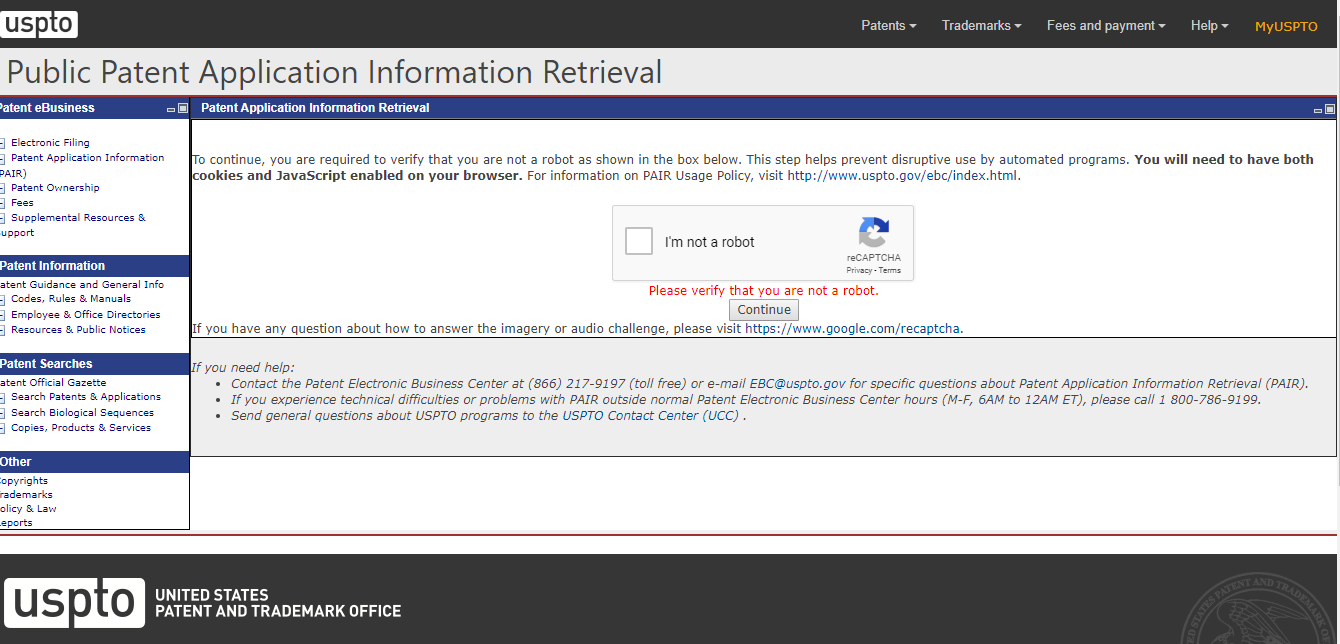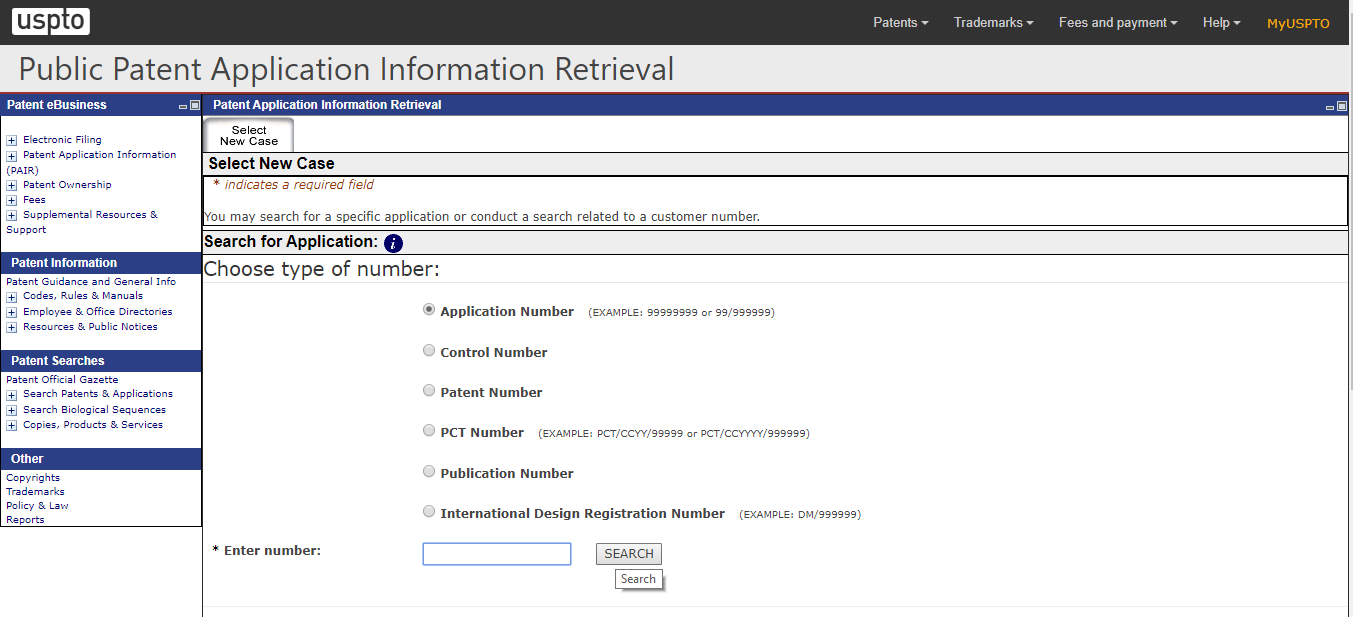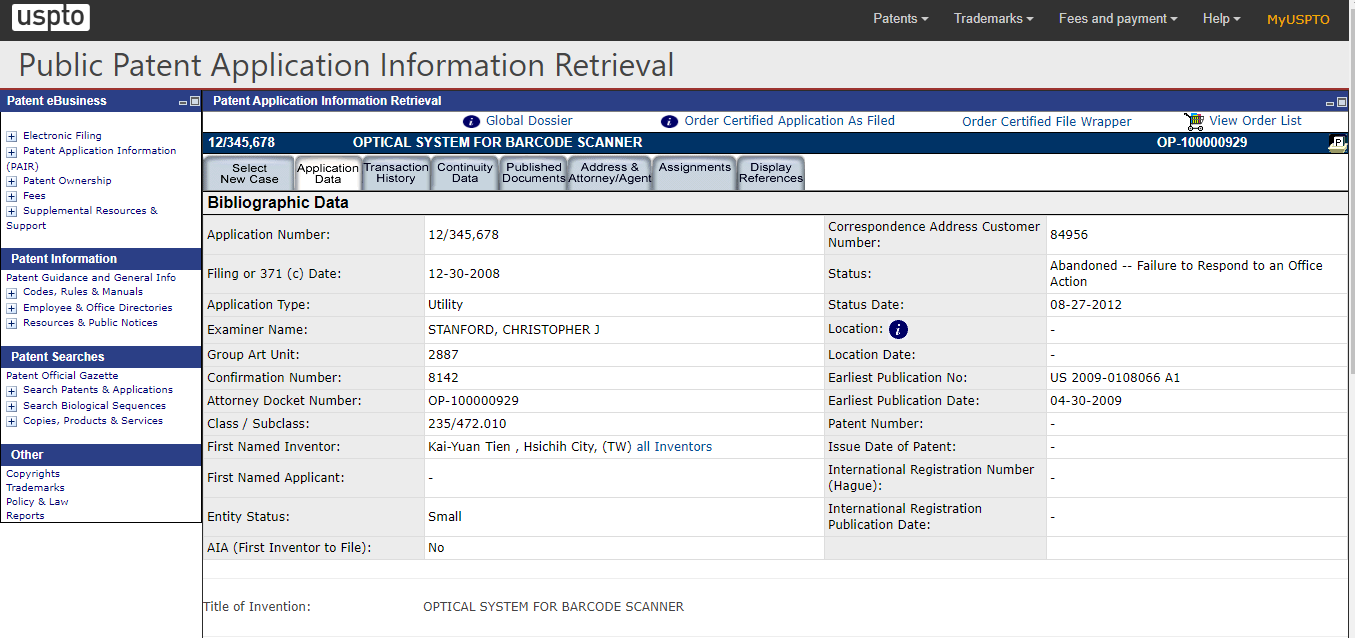Patent monitoring is about tracking the upcoming inventions in your field, predicting future trends and specific IP rights of interest. With patent monitoring, one can keep them updated on the new technology in the market. Also, they can find potential licensing opportunities for their inventions.
The USPTO updates its bibliographic data weekly. The bibliographic text consists of all the non-provisional utility and plants patent applications. The data is present from March 15, 2001, till the present.
Related Article: Patent Search Types: ‘The Major Eight’
Significance of Patent Monitoring
Patent monitoring as the term reflects, it is about being vigilant of the status of your invention to ensure its enforceability. Also, it is about keeping yourself updated of the latest inventions seeking a patent grant. The major reasons include:
- Prosecution Monitoring: you can determine the legal status of your patent applications. In essence, you can get updates on the level of prosecution you patent application lies.
- Infringement and License Monitoring: by keeping an eye on new inventions you can protect your invention from patent infringement. By keeping a strict tab on new inventions to determine if they are not made on the same lines as your invention.
Services for Patent Monitoring
The USPTO offers a Patent Watch service known as Patent Application Information Retrieval (PAIR). It offers its service in both the public and private domain. Private PAIR reflects the status of your patent application in a very confidential and secure manner. On the other hand, Public PAIR performs a search for issued patents and published patent applications of various people in different domains. While performing patent prosecution status of your application, you can also monitor the latest patent applications.
Related Article: Importance of Patent Proofreading Services
Note: Public PAIR allows people to access information regarding issued patents and published application only.
The PALM (Patent Application Locating and Monitoring) System is the automated data management system used by the United States Patent and Trademark Office (USPTO) for the retrieval and/or online updating of the computer record of each patent application. The PALM System also maintains examiner time, activity, and docket records, and technical support staff backlog records.
Patent Monitoring: Application location in PAIR
The USPTO offers a patent monitoring service known as Patent Application Information Retrieval (PAIR) as discussed above. The Public PAIR service allows you to find patent applications of other inventors in the area of technology of your interest. Follow the steps to locate a patent application in Public PAIR.
- Visit the Public Patent Information Retrieval Portal at the USPTO website. You will find a page as given below asking to decipher the recaptcha image.

Figure 1- recaptcha for security check
2. The second page comes up with various options like Application number, Control Number, Patent Number, PCTNumber and so on as given in the image. You need to select one option and hit on the search button.

Figure 2- options for finding the patent application
3. As you will move further you will get on a page providing the application data with all sorts of related information. Additionally, there are 6 more tabs for retrieving related data to the application and one tab for selecting a new case.

Figure 3- information related to a patent application
The tabs are:
- Select New Case: to move to a different issued patent or patent application.
- Application data: gives the bibliographic information of the application.
- Transaction history: showing all the transactions that took place in the process of prosecution.
- Image file wrapper: extracts PDF copies of documents.
- Continuity data: a patent application which is in continuation with a prior application and claims a priority date for it.
- Foreign policy: applicant claims a priority right wherein he/she gets the benefit of filing a subsequent application for the same invention. It is a time-limited right and belongs to the inventor or his successor in the title of the invention.
- Published documents: it provides the publication number, date with PDF of full text and image of the invention related documents. It comprises an abstract, inventor’s description, related US patent documents, claims and description.
- Contact information and address of Patent Agent/ Attorney
- Assignments: It is an agreement wherein the inventor gives his rights to an assignee and gives him/her the right of enforceability of patents.
- Display References: it comprises the list of references cited by the examiner.
Our approach:
Carrying out patent monitoring through PAIR is quite a tedious task. It requires detailed and vigilant inspection of competitor’s applications. Let experts perform this meticulous task for you. Our exclusive team perform 100+ monitoring task every week and always keep you ahead of your competitors. We retrieve data from areas and perform patent watch using state-of-the-art tools. Our approach is to cover all the patent and non-patent literature in every possible domain of technology and generate monitoring reports.
We are out delivering patent watch and monitoring services in 100+countries for more than 16 years at cost-effective rates. To know more about our services, please visit The Patent Watch Company.
